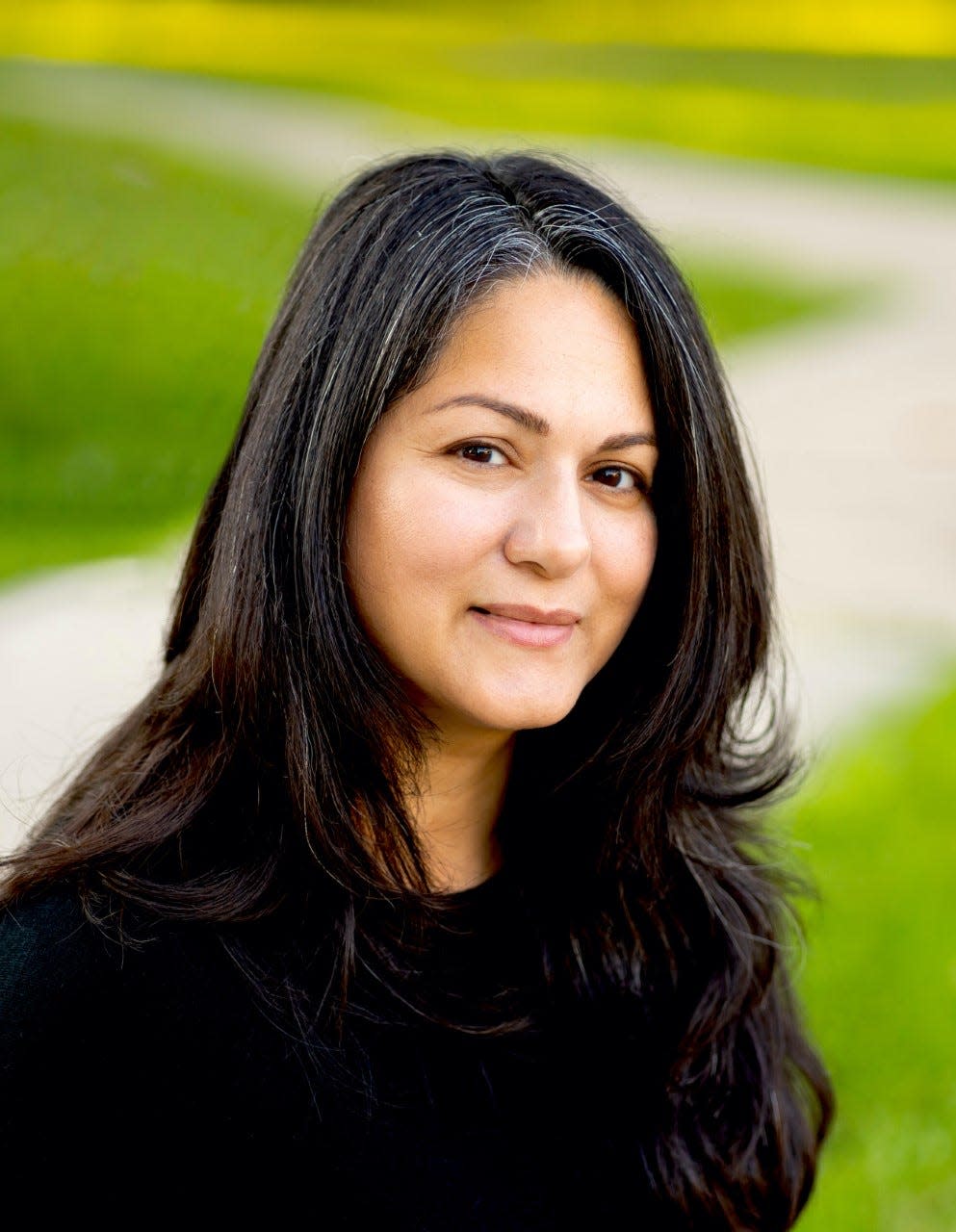Let's study the true history of cities like Sarasota - so that we don't repeat it

Twenty-six years ago, I graduated from New College of Florida in Sarasota.
It was a remarkable place, committed to teaching students critical thought through intensive classroom discussion and challenging readings. And the college has grown even more remarkable over the years because of the increased diversity of its faculty, and the expanded breadth of its curriculum.
This was my experience of education in Florida, so it’s heartbreaking to see that it now ranks No. 6 among states for book-banning – and that it has a long and growing list of prohibited subjects and materials. The banned books include titles that reference race, such as "How to Be An Antiracist" by Ibram X. Kendi, and "The Bluest Eye" by Toni Morrison, along with titles that address sexual orientation and gender identity.
Forty-seven years ago, I was born in Florida, where my parents bought their first house in Seminole. We relocated only months later, when my father was laid off. I was far too young to realize what "Seminole" meant – or to understand its origins.
Recently, I finished writing "A Good Country: My Life in Twelve Towns and the Devastating Battle for a White America," a book that led me to research the origins of the color lines of every town I have lived in. The chapter set in Sarasota discusses the Seminole Wars, Andrew Jackson’s relentless campaign to eliminate both the Seminole people and Maroons – formerly enslaved people who had escaped to carve out new lives – from Florida.
The history is absolutely breathtaking.
Seminoles, including an amalgam of Native peoples who were pushed out of the southwestern United States, had adapted to the unique ecosystems of Florida. But they had also expanded to develop novel relationships with some Maroons groups, later known as Black Seminoles.
In addition, both of these groups maintained social and trade relationships with other, independent Maroon communities. Members of these groups traded overseas with Cuban fishermen, and many had negotiated independently with the British, offering their services as soldiers in exchange for the promise of freedom in British territories. They built a complex and free society across the lines of race, culture and language.
It sounds a lot like the American Dream. But it was seen as a threat by the American government because early America understood itself as an exclusively white society with an enslaved Black underclass and Indigenous peoples who had been exterminated or exiled.
So throughout the first half of the 19th century, America expended considerable resources to exterminate the Seminoles and Maroons by forcing their migration and re-enslavement. Then it replaced those populations by passing the Armed Occupation Act, which promised any single white man or white male head of household who could bear arms 160 acres – on the condition that they apply for a permit, build a house and occupy it for five years, and clear and fence at least five acres.
It is important that we revisit Florida’s history so that we can better understand how those Floridians who advocate for the banning of books may have come to view themselves as a narrow and homogenous society – and to view anything or anyone else as a threat. If the history we uncover seems crass, brutal and violative of every modern human rights standard, that is because it was.
We should not stock our library shelves as if we have the same horrifying agenda that America had back then. And we should not be so quick to banish records of our history – or we will find ourselves doomed to repeat it.
Sofia Ali-Khan is the author of “A Good Country: My Life in Twelve Towns and the Devastating Battle for a White America,” a Random House book on sale July 5. Follow her on Twitter @Sofia_alikhan.
This article originally appeared on Sarasota Herald-Tribune: Let's learn the history of cities like Sarasota - so we don't repeat it

